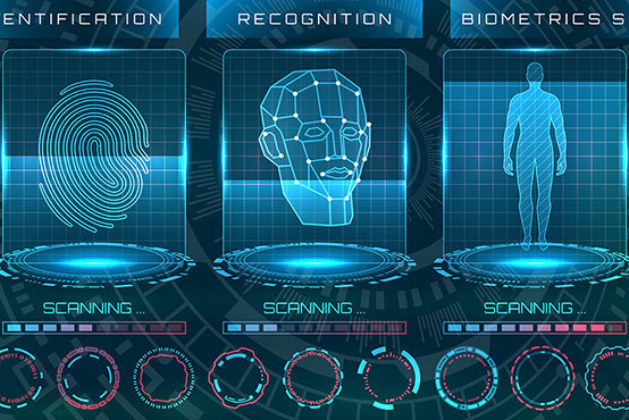As the world is moving towards digitisation, businesses are embracing Technology to strive for the competitive world in the long term. The dawn of the digital age has raised a very important question for businesses i.e.
“Security or convenience?” Professionals are facing this challenge for many years. The existence of these two priorities hadn’t been possible at the same time; one always costed the other one.
The Current Situation
It is too difficult to provide frictionless customer experience while relying on tricky login credentials and security protocols. The multiple security checks and mandatory account creation for a one-time purchase frustrate the customers, especially in case of a forgotten password.
Resetting the password is one hectic process due to the restrictions of strict parameters around the news password. This is not just in case of one account, the process can extend to multiple online accounts.
On the other side of the equation, if we focus on customer experience by removing the barriers preventing customers from accessing the services and resources online – i.e, authentication checks – the customers won’t face any hindrances that might slow down online transactions.
Read more: How Blockchain Technology Can Solve IoT’s Security Problem
But the main question is: Are organisations ready to incorporate this change? Are they inclined towards quick and accurate customer verification and authentication?
The lack of proper security protocols could result in fraud losses, hence negatively impacting the customers.
Face Verification – The Elusive Balance
With the invention of biometric technology, more specifically face verification, now there is no need to trade-off between two. By incorporating technology, businesses can achieve both simultaneously.
Face verification, based on Facial Recognition technology is gradually becoming a new verification parameter. Various industries such as retail, financial institutes, government organisations, etc. are integrating this technology to enhance their security protocols and user experience.
Replacing Passwords
The traditional authentication checks based on passwords/pin codes and email/username are becoming a weak line of defense in this technology-driven world.
If on the one hand password resetting is a hectic process that frustrates users then, on the other hand, passwords are no more secure. How can you be sure that the user credentials are only entered by the authorised user?
With technology advancing, it is no more difficult for fraudsters to access or hack user credentials. Therefore, the traditional authentication methods need to be replaced with the latest one.
Face verification is slowing replacing the need for passwords. Now, instead of remembering passwords, users can verify their identities just by showing their faces.
Based on the Biometric Authentication System of a person, face verification is the safest way to authenticate the person’s identity; since biometrics can’t be stolen or exploited.
Fraud Prevention
Over the past few years, there has been a significant increase in the frequency of identity frauds. The main factors fuelling the growth of identity theft are data breaches, weak password practices, and social engineering tactics.
Identity theft is eventually resulting in account takeover and credit card frauds. Face verification is an effective solution to combat fraudsters and prevent digital fraud.
Read more: What Are The Major Advantages of Shifting To The Cloud Platform?
By ensuring the remote presence of an individual through liveness detection, face verification authenticates the authorised user in real-time with zero effort from the user’ side. Moreover, it can also be very helpful at checkout time to deter unauthorised transactions.
Customer Experience
Face verification has made user verification as simple as taking a selfie. Now the users don’t need to remember difficult passwords and worry about stealing.
Moreover, the effort of changing passwords timely is also eliminated. This ultimately enhances the verification process and business security, hence, improving the customer experience tremendously.



Leave a comment